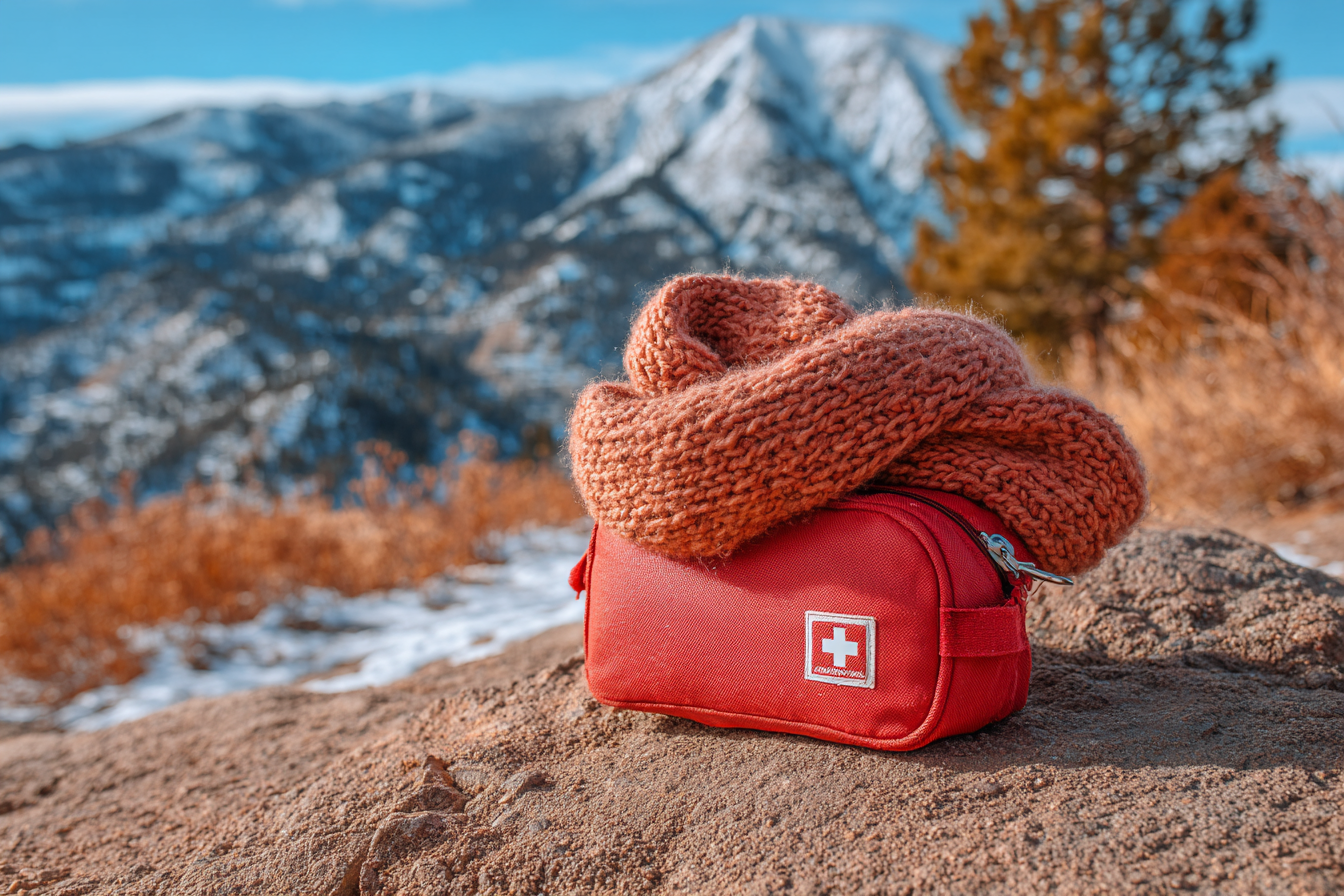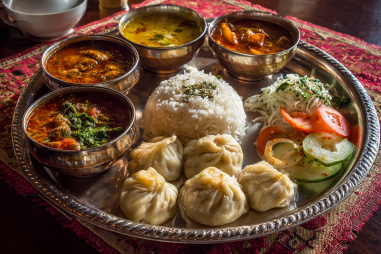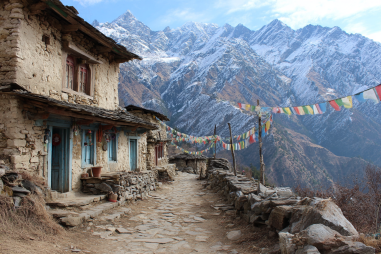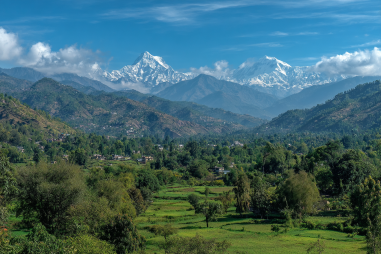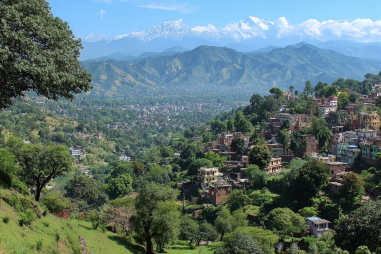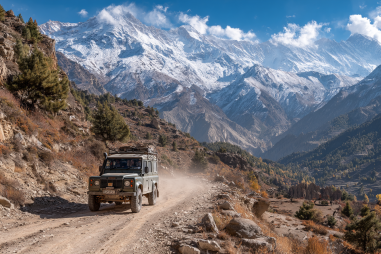Traveling to Jomsom, a stunning town nestled in the Annapurna region of the Himalayas, offers an unforgettable adventure. However, this high-altitude destination demands special attention to health and safety to ensure your trip remains enjoyable and safe. With its rugged terrain, variable weather, and thin mountain air, being prepared is not just wise—it’s essential. Whether you’re trekking, exploring the local culture, or simply soaking in the breathtaking landscapes, understanding how to protect your health and stay safe in Jomsom is key.
Common Health Risks in Jomsom
Before you pack your bags for Jomsom, it’s important to be aware of the common health issues travelers face in this area. One of the major concerns is altitude sickness, as Jomsom sits at about 2,700 meters (8,900 feet) above sea level. The thin air can cause headaches, nausea, dizziness, and fatigue. If ignored, altitude sickness can escalate to more serious conditions requiring urgent medical attention.
Besides altitude sickness, travelers might encounter gastrointestinal problems due to unfamiliar food or water sources. Diarrhea and stomach infections are prevalent if food hygiene or water safety is not properly observed. Cold temperatures, especially at night, can also lead to respiratory infections or hypothermia if you are not adequately prepared. In addition, accidents during trekking or outdoor exploration are a risk due to uneven trails and sometimes unpredictable weather. Being aware of these risks allows you to take proactive measures for a safer journey.
Tips for Altitude Sickness Prevention
Altitude sickness is one of the biggest health challenges in Jomsom. Fortunately, you can take several steps to minimize your chances of experiencing it:
- Ascend Gradually: If possible, spend a night or two at a slightly lower altitude before reaching Jomsom. This helps your body adjust to the reduced oxygen levels.
- Stay Hydrated: Drinking plenty of water aids acclimatization. Avoid alcohol and caffeine, as they can dehydrate you and worsen symptoms.
- Eat Light and Balanced Meals: Foods that are high in carbohydrates are easier to digest and can provide energy without adding stress to your stomach.
- Listen to Your Body: If you experience symptoms like severe headache, vomiting, or dizziness, don’t push yourself. Rest, and if symptoms persist or worsen, descend to a lower altitude immediately.
- Consult a Doctor: Before traveling, consider discussing medication options like acetazolamide (Diamox) to help prevent altitude sickness. Never self-medicate without professional advice.
Food and Water Safety Advice
Eating and drinking safely in Jomsom is vital to avoid common travel-related illnesses such as food poisoning or waterborne infections. Here are some essential tips:
- Drink Bottled or Purified Water: Always opt for bottled water from sealed containers. If not available, use water purification tablets or boil water thoroughly before consumption.
- Avoid Ice and Untreated Juices: Ice is often made from untreated water, so it’s safer to avoid it. Similarly, fresh juices may contain unfiltered water.
- Choose Well-Cooked Foods: Eating steaming hot meals minimizes the risk of contamination. Avoid raw or undercooked foods, particularly meats and vegetables.
- Wash Hands Thoroughly: Carry hand sanitizer and use it before meals, especially when clean water and soap are not accessible.
- Eat at Trusted Establishments: Frequent places busy with locals or that have good reviews to reduce the chance of foodborne illnesses.
Emergency Contact and Medical Facilities
While Jomsom is a popular trekking hub, medical facilities in the region are limited. It’s crucial to know where and how to get help in case of emergencies:
- Local Health Posts: Jomsom has a few basic health posts that can handle minor injuries and common illnesses but lack advanced medical equipment.
- Hospitals in Nearby Towns: For serious emergencies, travelers are often referred to larger hospitals in Pokhara or Kathmandu. These cities have comprehensive medical services, including emergency care.
- Emergency Numbers: Keep a list of emergency numbers handy, including local authorities, trekking guides, and your embassy or consulate contact.
- Communication Devices: Carry a fully charged mobile phone with local SIM or a satellite phone if going off-trail. Network coverage may be spotty, so plan accordingly.
Travel Insurance Recommendations
Obtaining comprehensive travel insurance before your Himalayan adventure is highly recommended. Here’s what to look for in your policy:
- Coverage for Altitude Sickness: Ensure your policy covers altitude-related illnesses and related medical evacuations.
- Emergency Evacuation: Mountain rescue helicopter evacuation can be expensive. Choose insurance covering such emergencies.
- Trekking Coverage: Some insurance plans exclude trekking over certain altitudes. Verify that your policy includes activities planned in Jomsom.
- Trip Cancellation and Delay: Weather or health issues might force you to change plans. Insurance that offers trip interruption benefits can save you money.
Safety Practices for Trekking and Exploration
Trekking in the Himalayas is thrilling but requires awareness and caution to stay safe. Consider these essential safety tips:
- Travel with a Guide or Group: Local guides know the terrain and can help navigate tricky trails and unexpected situations.
- Wear Appropriate Gear: Invest in quality hiking boots, layered clothing for temperature changes, and trekking poles for stability.
- Stay on Marked Trails: Straying off established paths can be dangerous due to unstable ground, wild animals, or getting lost.
- Pace Yourself: Avoid rushing through the trail, especially when ascending. Your body needs time to adapt and stay strong.
- Carry a First Aid Kit: Include essentials such as bandages, antiseptics, painkillers, and any personal medications.
Weather-Related Safety Precautions
The weather in Jomsom and surrounding areas can change rapidly, impacting your trekking experience and safety. To prepare yourself:
- Check Weather Forecasts: Before and during your trek, keep updated with local weather conditions from reliable sources.
- Be Prepared for Cold Nights: Temperatures can drop significantly, even in summer. Bring warm clothing and proper sleeping bags.
- Avoid Trekking During Heavy Rain: Monsoon season (June to September) often brings landslides and slippery trails. Plan your trip outside of this period if possible.
- Protect Against Sun Exposure: The high altitude means stronger UV radiation. Use sunscreen, sunglasses, and hats during the day.
- Have a Plan for Shelter: In case of sudden storms or high winds, know where you can safely take cover.
Protecting Your Well-Being in Jomsom
Jomsom’s breathtaking landscapes and unique cultural experiences make it a captivating destination, but prioritizing your health and safety ensures that these memories remain positive. By understanding altitude challenges, maintaining food and water hygiene, securing proper insurance, and following safety practices for trekking and weather, you create a roadmap for a safe journey. Preparation and awareness are your best companions when facing the challenges of the Himalayas. Embrace the adventure confidently, knowing that you’re equipped to stay healthy and safe throughout your time in Jomsom.

